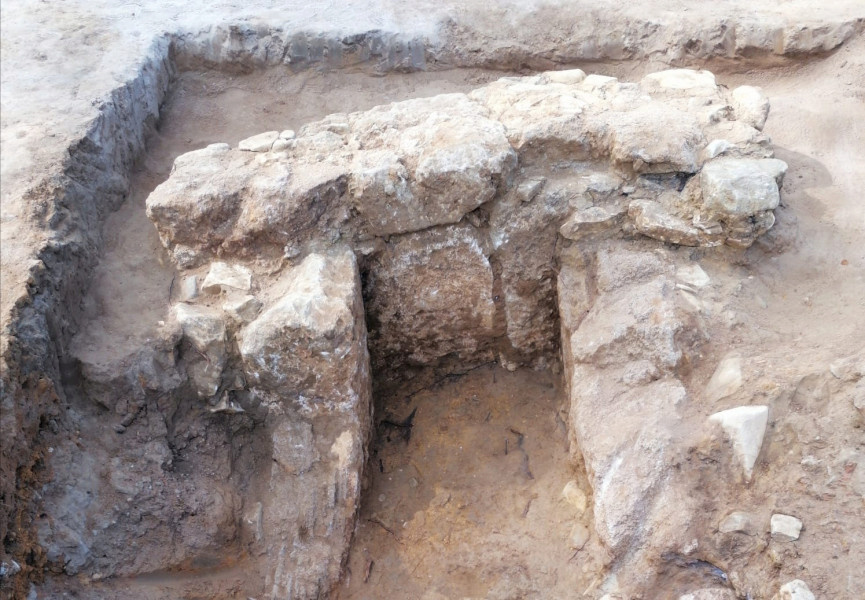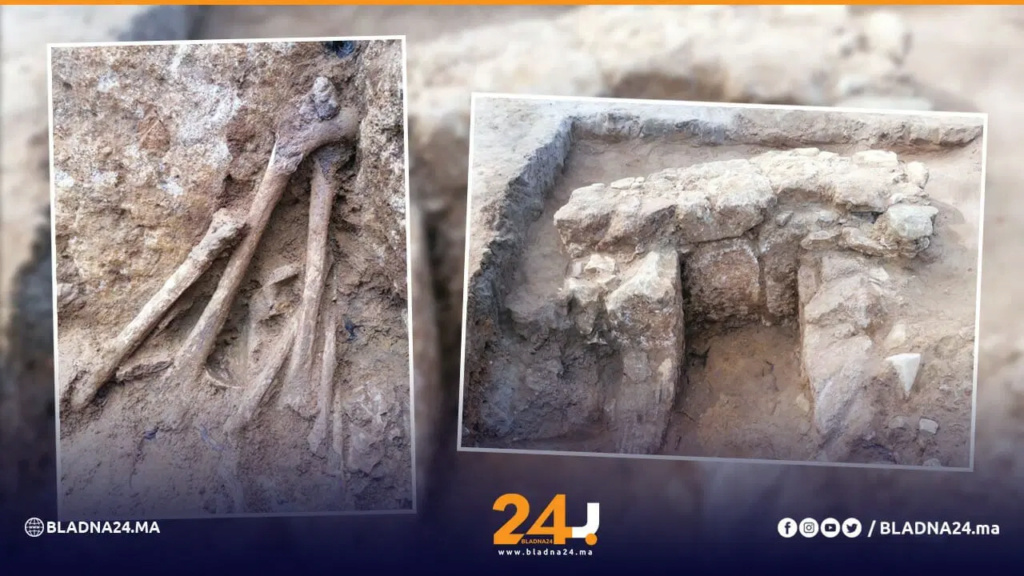Larache. The discovery of a historical burial dating back to the Moorish era before the Roman occupation

The National Institute of Archeology and Heritage announced the discovery of the remains of an ancient burial in the village of Kasirisi on the outskirts of Larache, dating back to the Moorish era prior to the Roman occupation and dating back more than 2,000 years.
The institute stated that it had received information from the governorate of the archaeological site of Lyxos regarding bulldozing of a funerary site located in the village of Kasirisi (on the outskirts of Larache) that revealed archaeological remains, as it initiated, in coordination with the Directorate of Cultural Heritage, to organize emergency and rescue excavations during the period from 10 to 17 February. 2023. These urgent excavations - which were carried out by Professors Abdel Aziz Al-Khayari and Ammar Akraz - enabled the discovery of the remains of this ancient burial.

According to a report from the National Institute of Archeology and Heritage, it was found that the construction of the discovered tomb was given special care, as hewn stones were used in its walls, arranged and installed with perfection and skill. A large stone piece of more than two meters in length was used to cover it.
In order to protect and glorify it, the same source adds, a large, high mound of sandy soil was placed on top of it, which had a diameter - before it was leveled - of twenty meters, and a height of about three meters. In the depths of this burial, incomplete skeletal remains of a corpse were revealed, according to preliminary observations, that it had been partially burned before burial. This is a funerary ritual that was documented for the first time in the Larache region. Also placed with the remains of the burial were his personal belongings represented by an iron knife blade and a unique ax of the same metal of special importance.
The institute highlighted that these data provided by the urgent excavations would contribute to enriching our knowledge of funerary practices and religious beliefs that were circulating within the rural community in the Lokos Basin region during the Moorish era that extends from the eighth century BC. M. to the year 40 AD.

The National Institute concluded that the discovered tomb will be protected and maintained in cooperation with the owner of the land in which the tomb was discovered, pending conditions for the restoration of some of its damaged parts.
Source : websites

